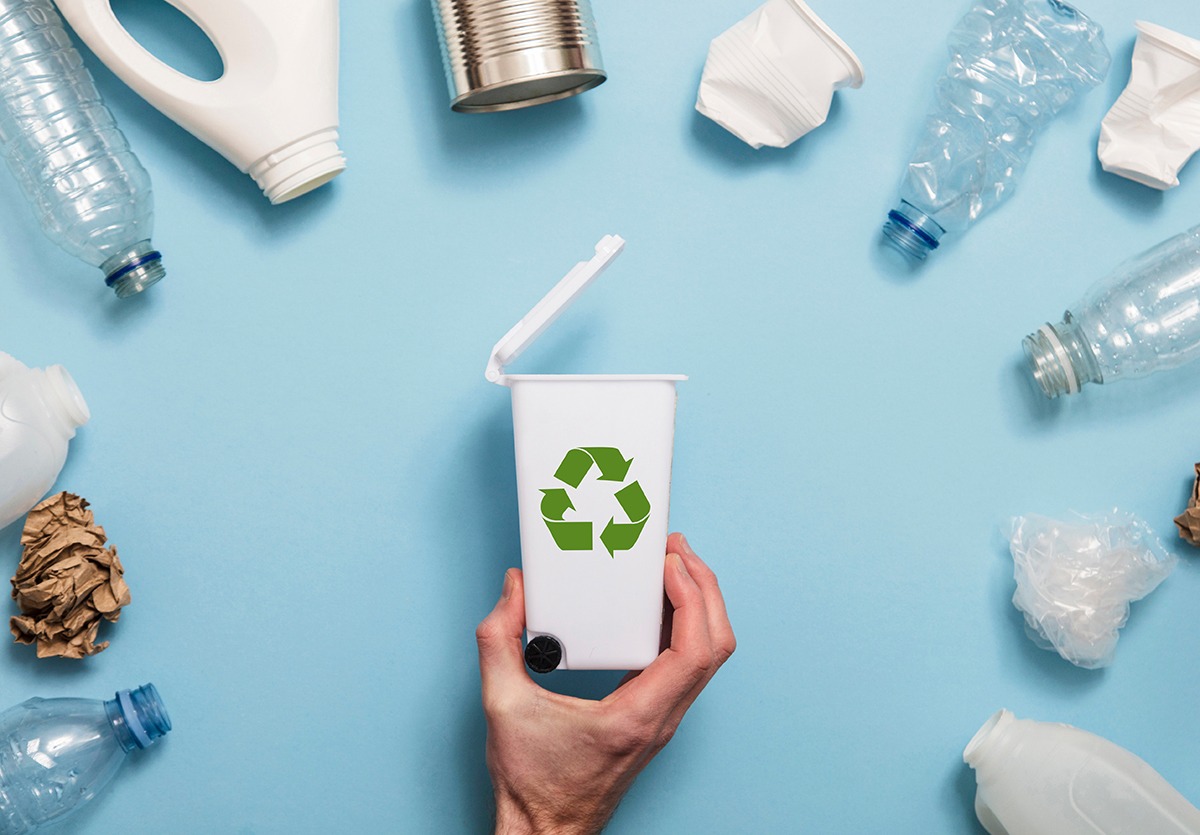People are paying more attention to packaging than ever before because of the pandemic. With so many people spending time at home and ordering more online they are more aware of the waste they create.
The challenge
COVID-19 has redefined sustainability. Consumers’ main concerns are staying healthy and saving money. The challenge is to create a sustainable package that can deliver on both. The problem is that safety and sustainability are not always an easy match. “Single-use” and “plastic” are not embraced by environmentally conscious consumers. The fear is that there might be a reactionary shift towards using more packaging because people are trying to stay safe.
Do consumers want sustainable packaging?
A study by Shelton Group’s ongoing Pulse™ data revealed that pre-pandemic, 67 percent of Americans said companies had ‘some’ to ‘very much’ responsibility for the end-of-life disposal of products that they manufacture. As of May 2020, right in the middle of the pandemic, that number dropped to 54 percent. So, there has been a willingness for consumers to give manufacturers and brands a pass — for now.
But it’s a mixed bag. On the one hand, studies have shown that people are more cautious about drinking from reusable glasses due to fears around contamination and four in ten people are more likely to choose glass-bottled beverages than before lockdown. On the other hand, there is a real push towards coffee shops to resume serving in reusable cups, despite hygiene issues.
E-commerce and domestic production shifts
Interestingly, the rise in e-commerce has caused many brands to have to rethink their packaging in terms of transit and protective packaging. This in turn has also caused brands to consider how they can make their packaging more sustainable at the same time. This trend is accelerated by the fact an increasing number of companies are considering reshoring and localizing production to minimize the production shocks caused by global catastrophes such as pandemics. Although the initial investment in reorganizing sourcing and manufacturing is high, they can later take advantage of sustainable production at scale, and eventually reap the brand benefits.
What can brands do?
There are two ways brands can support sustainability. Resource recovery involves recovering and reusing materials or products from waste. An example of this is Olay Skincare’s Regenergist Whip moisturizer which is sold in a reusable glass jar and is refilled using a recyclable paper-lined pod that slides into the original pack. The other way is by using packaging with a secondary use. KitKat has a paper version of its wrappers that can be reused to make origami planes or write messages.
But how can brands best communicate about sustainable packaging on the packaging itself? Consider these 3 best practices:
- Make product benefit messaging #1
Shoppers appreciate sustainable packaging such as green initiatives, but they are ultimately buying the product for its intangible benefits. Communicate product benefits before sustainability messages. - Make disruptive changes to result in major growth
Major packaging material changes (e.g. from plastic to paper) offer a great new opportunity to focus on the key characteristics of powerful packaging design: design appeal, findability, improving shelf visibility, and variant findability. - Strengthen your message using icons and claims
Use icons that clearly communicate whether a package can be recycled. Call-to-actions (for recycling) can but don’t have to be directive – people do understand and will act upon more subtle, implied call-to-action claims.
Going forward
The overall message seems to be that sustainability is the number one priority for the future of packaging in a post-pandemic world. But at the moment, hygiene is a given whereas sustainability is a differentiating criterion for consumers.


